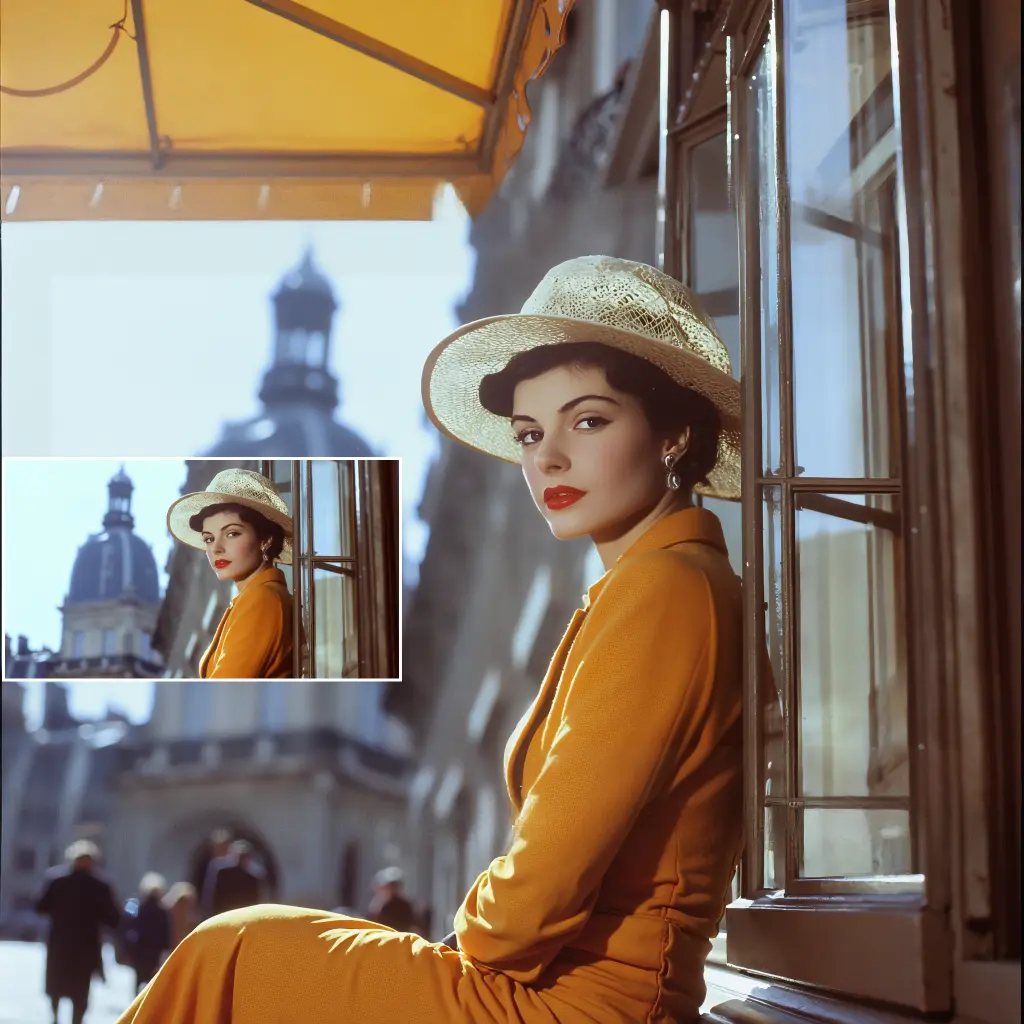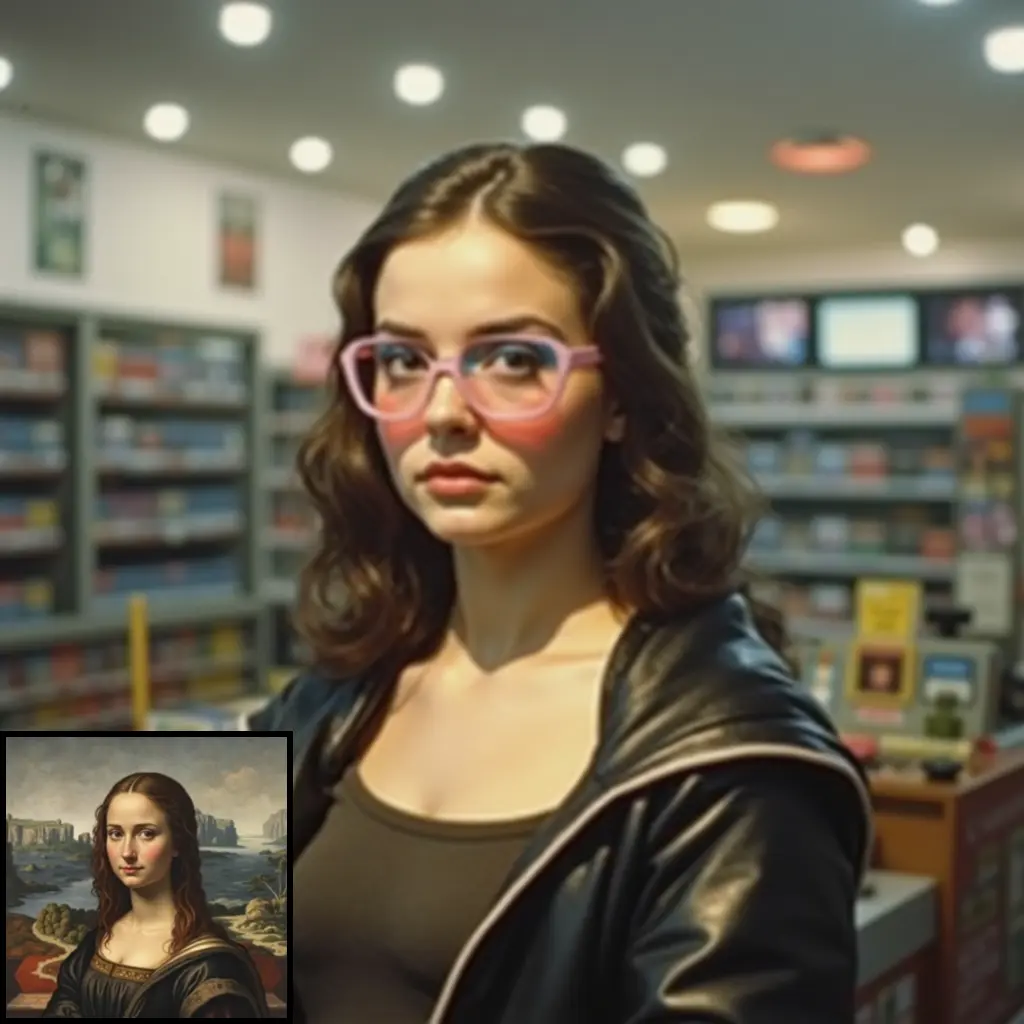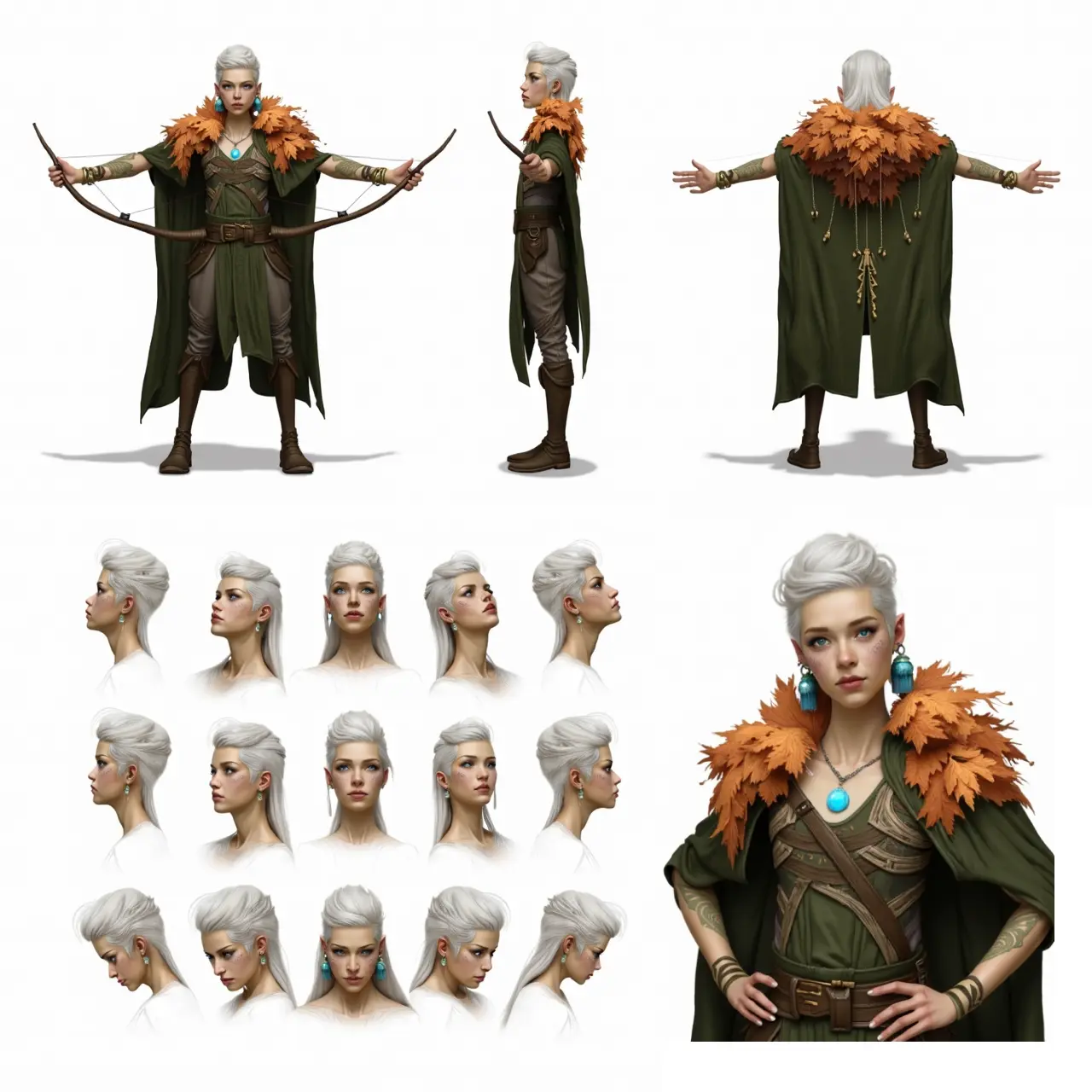ComfyUI Node: Comfly_Mju
Comfly_Mju
CategoryComfly-v2/Midjourney
ainewsto (Account age: 1002days) Extension
Comfyui_Comfly_v2 Latest Updated
2025-06-06 Github Stars
0.04K
How to Install Comfyui_Comfly_v2
Install this extension via the ComfyUI Manager by searching for Comfyui_Comfly_v2- 1. Click the Manager button in the main menu
- 2. Select Custom Nodes Manager button
- 3. Enter Comfyui_Comfly_v2 in the search bar
Visit ComfyUI Online for ready-to-use ComfyUI environment
- Free trial available
- 16GB VRAM to 80GB VRAM GPU machines
- 400+ preloaded models/nodes
- Freedom to upload custom models/nodes
- 200+ ready-to-run workflows
- 100% private workspace with up to 200GB storage
- Dedicated Support
Comfly_Mju Description
Comfly_Mju: AI-powered media content manipulation and generation node in ComfyUI framework.
Comfly_Mju:
Comfly_Mju is a node within the ComfyUI framework designed to enhance the creative process by leveraging advanced AI capabilities. This node is part of the Comfly suite, which integrates various AI models to process and transform inputs into desired outputs. The primary purpose of Comfly_Mju is to facilitate the manipulation and generation of media content, such as images and videos, using sophisticated AI techniques. It provides users with the ability to input specific parameters that guide the AI in producing tailored results, making it a powerful tool for artists and creators looking to explore new dimensions in digital art. By offering a range of customizable settings, Comfly_Mju empowers users to experiment with different styles, speeds, and other attributes, ultimately enhancing their creative workflow and output quality.
Comfly_Mju Input Parameters:
text
The text parameter allows you to input a string of text that the AI will process. This can be used to generate or modify media content based on textual descriptions. There is no strict minimum or maximum length, but concise and clear descriptions tend to yield better results.
api_key
The api_key is a mandatory string parameter that authenticates your access to the Midjourney AI model. It ensures that you have the necessary permissions to utilize the node's capabilities. There are no default values, and you must provide a valid API key to proceed.
model_version
The model_version parameter specifies which version of the Midjourney model you wish to use. Options include versions like v 6.1, v 6.0, v 5.2, v 5.1, niji 6, niji 5, and niji 4. Each version may offer different features or improvements, so selecting the appropriate one can impact the quality and style of the output.
speed
The speed parameter determines the processing speed of the AI model. Options include turbo mode, fast mode, and relax mode. Turbo mode offers the quickest results, while relax mode may take longer but could provide more refined outputs.
ar
The ar parameter stands for aspect ratio, allowing you to define the dimensions of the output media. This can be crucial for ensuring that the generated content fits specific display or print requirements.
no
The no parameter specifies the number of images to generate. This allows you to create multiple variations of the output, providing a broader range of options to choose from.
c
The c parameter, or chaos value, ranges from 0 to 100 and influences the randomness of the output. A higher chaos value can lead to more unpredictable and creative results, while a lower value tends to produce more consistent outputs.
s
The s parameter, or stylize value, ranges from 0 to 1000 and affects the artistic style of the output. Higher values result in more stylized and abstract results, while lower values maintain a more realistic appearance.
iw
The iw parameter, or image weight, ranges from 0 to 2 and determines the influence of the input image on the final output. A higher weight gives more prominence to the input image's features.
tile
The tile parameter is a boolean that enables or disables tiling. When enabled, the output can be seamlessly tiled, which is useful for creating patterns or textures.
r
The r parameter, or repeat value, ranges from 1 to 40 and specifies how many times the process should be repeated. This can be used to refine the output through iterative processing.
video
The video parameter is a boolean that enables or disables video output. When enabled, the node will generate video content instead of static images.
sw
The sw parameter, or style weight, ranges from 0 to 1000 and influences the degree to which the selected style affects the output. Higher values result in a more pronounced style.
cw
The cw parameter, or color weight, ranges from 0 to 100 and affects the color palette of the output. Adjusting this can help achieve the desired color balance.
sv
The sv parameter, or style variation, ranges from 1 to 4 and allows you to select different variations of the chosen style, providing additional creative flexibility.
seed
The seed parameter is an integer that sets the random seed for the generation process. Using the same seed with identical settings will produce consistent results, which is useful for reproducibility.
cref
The cref parameter, or creative reference, is a string that provides additional context or inspiration for the AI, potentially influencing the creative direction of the output.
oref
The oref parameter, or object reference, is a string that specifies particular objects or elements to be emphasized in the output, guiding the AI's focus.
sref
The sref parameter, or style reference, is a string that defines a specific style to be applied to the output, allowing for targeted stylistic adjustments.
positive
The positive parameter is a string that appends additional positive prompts to the main prompt, enhancing the likelihood of desired features appearing in the output.
Comfly_Mju Output Parameters:
image_url
The image_url parameter provides the URL of the processed image. This allows you to easily access and download the generated content for further use or sharing.
text
The text parameter returns the processed text output. This can be useful for applications where the AI modifies or generates text based on the input parameters.
Comfly_Mju Usage Tips:
- Experiment with different
model_versionandspeedsettings to find the optimal balance between processing time and output quality for your specific project. - Utilize the
chaosandstylizeparameters to explore creative variations and achieve unique artistic effects in your outputs. - Use the
seedparameter to ensure consistency across multiple runs, which is particularly useful for iterative design processes or when collaborating with others.
Comfly_Mju Common Errors and Solutions:
Invalid API Key
- Explanation: This error occurs when the provided API key is incorrect or expired.
- Solution: Double-check the API key for accuracy and ensure it is still valid. Obtain a new key if necessary.
Unsupported Model Version
- Explanation: The selected model version is not available or supported by the current setup.
- Solution: Verify the available model versions and select one that is supported by your API access.
Parameter Out of Range
- Explanation: One or more parameters have values outside the acceptable range.
- Solution: Review the parameter descriptions and adjust the values to fall within the specified limits.
Network Error
- Explanation: A network issue is preventing the node from communicating with the AI model.
- Solution: Check your internet connection and try again. If the problem persists, contact support for assistance.
Comfly_Mju Related Nodes
RunComfy is the premier ComfyUI platform, offering ComfyUI online environment and services, along with ComfyUI workflows featuring stunning visuals. RunComfy also provides AI Playground, enabling artists to harness the latest AI tools to create incredible art.





